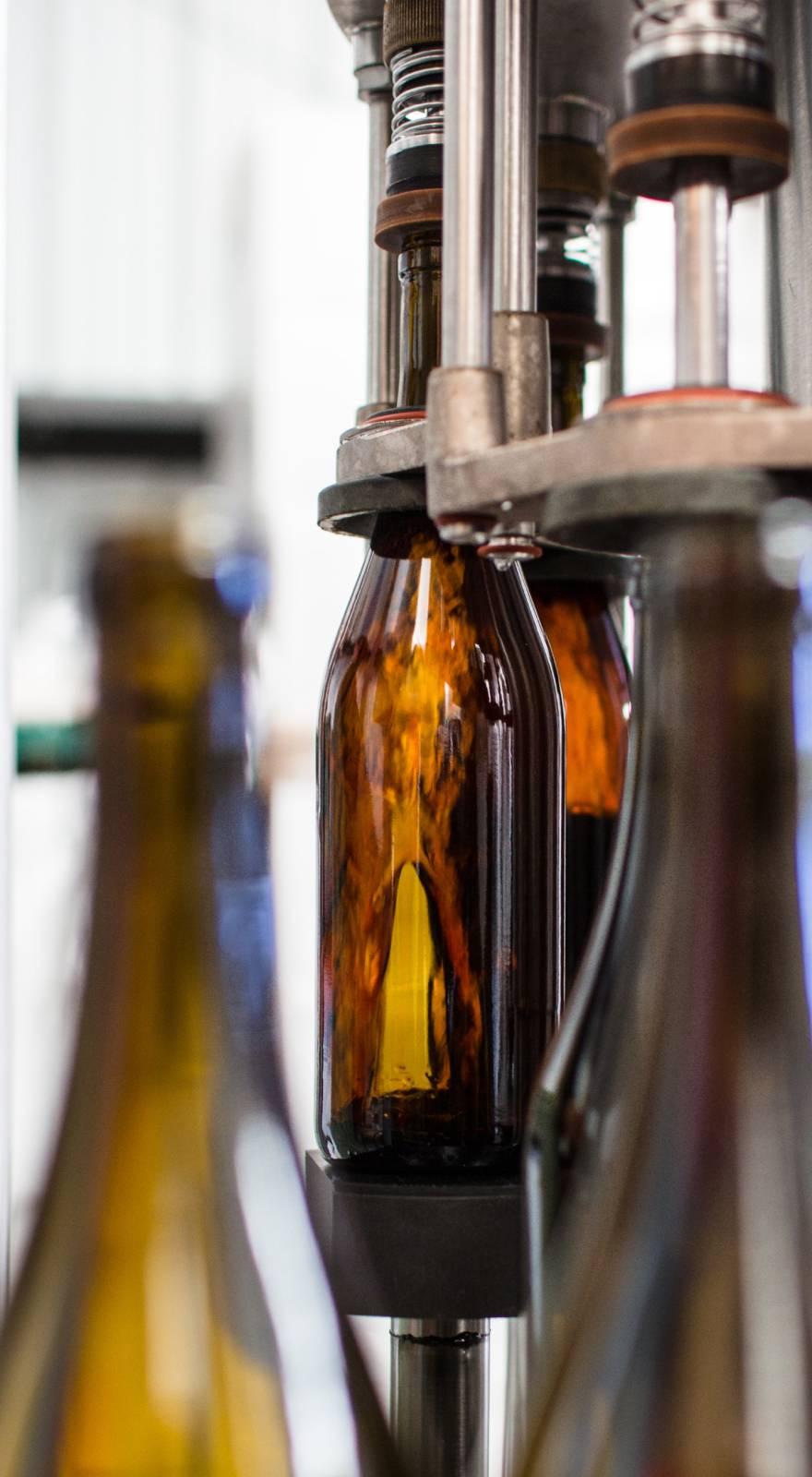Knowde Enhanced TDS
Identification & Functionality
- Fluids & Lubricants Functions
- Base Material
- Water
- Technologies
- Product Families
Features & Benefits
- Fluids & Lubricants Features
- Ready-to-Use Product Features
- Features
- Vector HTN lapping additive is designed for high-speed recirculating systems.
- Vector HTN improves the lapping process by reducing variability, and lowers cost through reduction in required abrasives.
- Product Highlights
- No scratching.
- Less sub-surface damage.
- No hard-packing.
- Less abrasive waste.
- Increased removal rate.
- Easier post-lap cleaning.
- Non-corrosive.
- Features
- Vector HTN lapping additive is designed for high-speed recirculating systems.
- Vector HTN improves the lapping process by reducing variability, and lowers cost through reduction in required abrasives.
- Product Highlights
- No scratching.
- Less sub-surface damage.
- No hard-packing.
- Less abrasive waste.
- Increased removal rate.
- Easier post-lap cleaning.
- Non-corrosive.
Applications & Uses
- Applications
- Compatible Substrates & Surfaces
- Fluids & Lubricants Type
- Fluids & Lubricants End Use
- Dilution Ratio
- 20:1
- Typical Applications
- Gallium arsenide, Germanium, Sapphire, Silicon, Silicon carbide
- Pureon offers a wide range of customize tailored solutions
- Applications
Gallium arsenide, Germanium, Sapphire, Silicon, Silicon carbide.
Properties
- Typical Properties
| Value | Units | Test Method / Conditions | |
| Dilution Ratio | 25:01:00 | - | - |
| pH Value | 9.0 | - | - |
| pH Value | 9 | - | - |
| Specific Gravity | 1.0 | - | - |
| Specific Gravity | 1 | - | - |
Packaging & Availability
- Order Information
- Packing unit Product is available in 5-gallon pails and 55-gallon drums.
- Quantity unit Gallon (gal
- Order Information
- Packing - Product is available in 5-gallon pails and 55-gallon drums.
- Unit of measure - Gallon (gal)
Storage & Handling
- Shelf Life
- 24 Months
- Shelf Life
24 months
- Instructions
Handling
- Vector HTN is used at approximately 5% (by volume) with deionized (DI) water or tap water. After HTN is proportionately mixed with the water in the slurry tank, add the abrasive. The slurry will be ready for use almost immediately.
- Start grain loading 400 g/liter of water for a one-meter machine. Flow rate for the slurry should be approximately 300ml/minute for a one-meter machine.
Storage
- Product should be stored in a temperature controlled environment. Prolonged exposure to temperatures at or below 32° Fahrenheit (0°C) is discouraged. Prolonged exposure to temperatures at or above 100° Fahrenheit (38°C) is also discouraged. In addition, material should always be sealed when not in use to prevent evaporation.
Disposal
- Dispose of in accordance with all applicable local regulations.
- Instructions
Handling
- Vector HTN is used at approximately 5% (by volume) with deionized (DI) water or tap water. After HTN is proportionately mixed with the water in the slurry tank, add the abrasive. The slurry will be ready for use almost immediately. Start grain loading 400 g/liter of water for a one-meter machine. Flow rate for the slurry should be approximately 300ml/minute for a one-meter machine.
Storage
- Product should be stored in a temperature controlled environment. Prolonged exposure to temperatures at or below 32° Fahrenheit (0°C) is discouraged. Prolonged exposure to temperatures at or above 100° Fahrenheit (38°C) is also discouraged. In addition, material should always be sealed when not in use to prevent evaporation.
Disposal
- Dispose of in accordance with all applicable local regulations.

